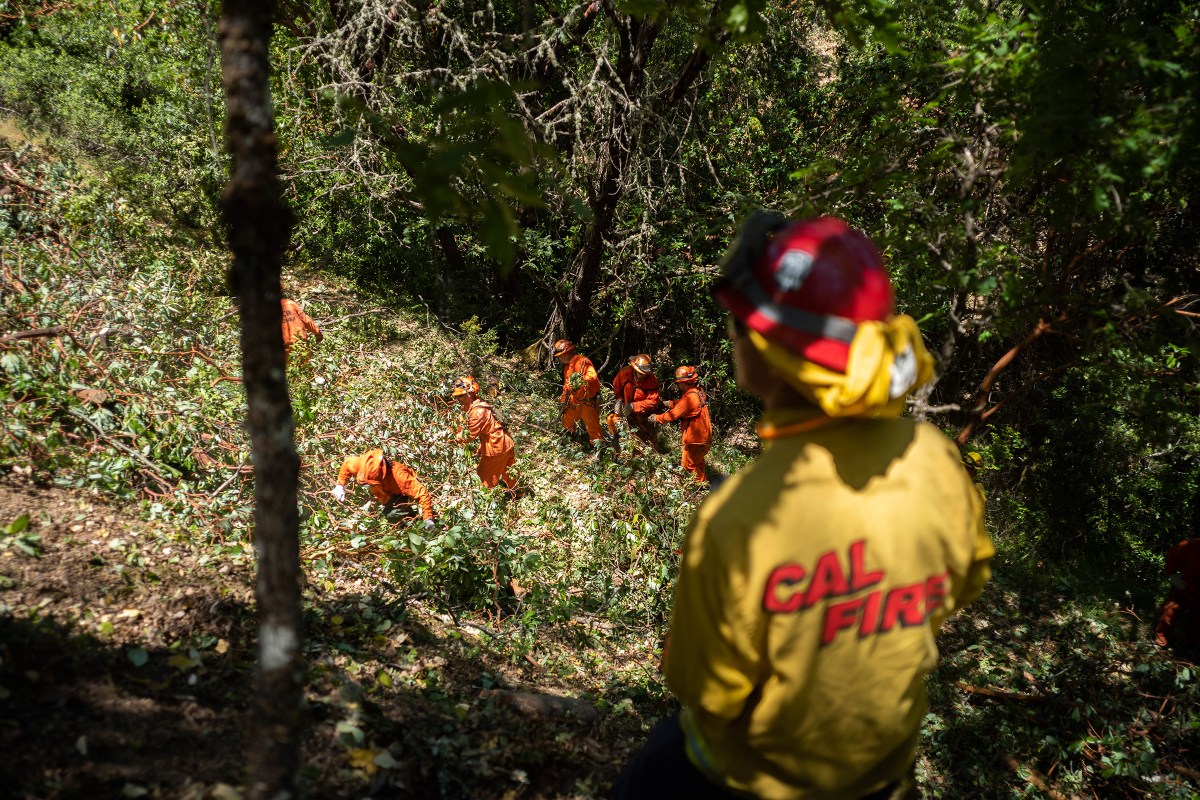Here’s how California has increased forest management and wildfire prevention is a crucial story. California’s battle against wildfires is a complex mix of historical practices, evolving science, and urgent adaptation to climate change. This isn’t just about putting out fires; it’s about proactive forest management, community involvement, and technological innovation. Let’s explore how California is tackling this challenge head-on.
California’s tackling wildfires by boosting forest management, focusing on controlled burns and thinning dense forests. It’s a tough fight, almost as brutal as the struggle for survival depicted in ‘American Primeval’ Review: Netflix’s Violent, Bloody Saga Of The , though thankfully without the prehistoric predators. These efforts aim to create healthier, more resilient forests, reducing the risk of devastating infernos.
For decades, California’s approach to wildfires leaned heavily on suppression. However, a growing understanding of forest ecology and the escalating threat of climate change has led to a paradigm shift. This shift involves a multi-pronged strategy encompassing forest thinning, prescribed burns, improved technology, community engagement, and updated regulations. We’ll delve into each of these aspects, examining their successes, challenges, and future implications.
California’s Enhanced Wildfire Management
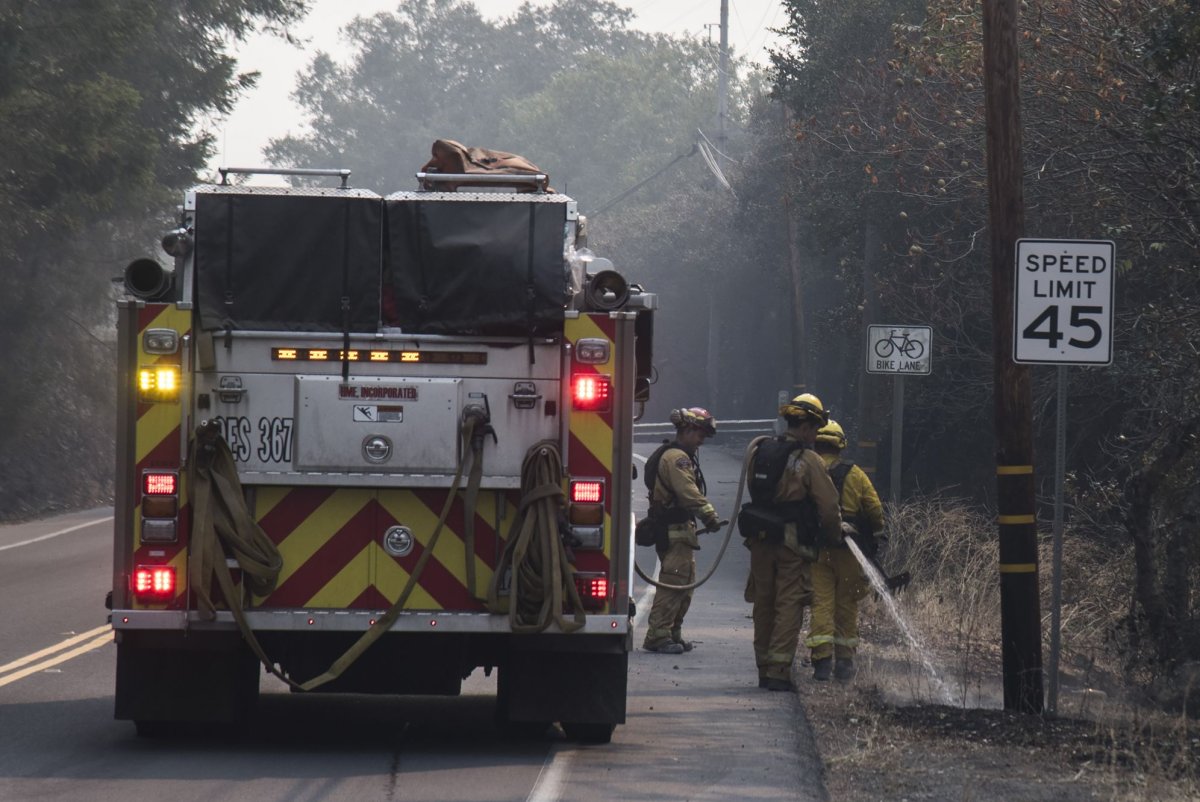
California’s wildfire crisis demands a multifaceted approach. This article details the state’s increased efforts in forest management and wildfire mitigation, exploring key strategies and advancements implemented to combat this growing threat.
Historical Context of California Wildfire Management
Understanding California’s wildfire history is crucial to comprehending current strategies. A timeline reveals the evolution of wildfire management practices and shifts in ecological understanding.
- Early 20th Century: Forest management focused heavily on fire suppression, stemming from a belief that all wildfires were detrimental. This led to the buildup of flammable underbrush.
- Mid-20th Century: Major wildfires, such as the Griffith Park fire of 1933, highlighted the limitations of total fire suppression. This period saw a gradual shift towards recognizing the ecological role of fire in some ecosystems.
- Late 20th and Early 21st Century: Increasingly severe and frequent wildfires, including the Cedar Fire (2003) and the Camp Fire (2018), demonstrated the devastating consequences of decades of fire suppression and the impact of climate change. This era witnessed a significant change in policy, emphasizing active forest management and fuel reduction.
This shift reflects a growing understanding of wildfire ecology, recognizing fire as a natural process in many ecosystems. Management strategies now aim to reduce fuel loads and create more resilient forests, allowing for prescribed burns and mimicking natural fire regimes.
Increased Forest Thinning and Fuel Reduction, Here’s how California has increased forest management and wildfire
Forest thinning and fuel reduction are central to California’s wildfire mitigation efforts. Various techniques are employed to achieve this.
- Prescribed Burns: Carefully controlled fires reduce underbrush and smaller trees, creating defensible spaces and mimicking natural fire cycles.
- Mechanical Thinning: Involves using machinery to remove trees and brush, offering a more precise approach in areas unsuitable for prescribed burns.
The effectiveness of these techniques varies depending on factors such as forest type, topography, and weather conditions. Prescribed burns are generally more cost-effective for large-scale fuel reduction, but require careful planning and execution due to air quality and safety concerns. Mechanical thinning offers greater precision but is more expensive.
A hypothetical large-scale forest thinning program would prioritize areas at high risk of wildfire, using a combination of prescribed burns and mechanical thinning, tailored to specific site conditions. Logistical challenges include access to remote areas, environmental regulations, and securing funding. Cost-effectiveness would be maximized through strategic planning, utilizing existing infrastructure, and employing innovative technologies.
Expansion of Prescribed Fire Programs
California has seen a significant increase in prescribed fire programs, with varying degrees of success. However, implementation faces challenges.
California’s tackling wildfires with improved forest management techniques, focusing on controlled burns and thinning dense forests. It’s a huge undertaking, much like the recent news about Ricki’s and Cleo’s clothing stores closing , which impacted many. These kinds of large-scale changes, whether environmental or economic, require careful planning and community support for long-term success in California’s wildfire prevention efforts.
- Successful Examples: Many national forests and parks have implemented successful prescribed burn programs, resulting in reduced wildfire intensity and improved forest health.
- Challenges: Air quality concerns, public perception of prescribed burns, and the need for skilled personnel and appropriate weather conditions remain significant obstacles.
| Factor | Prescribed Burning | Mechanical Thinning |
|---|---|---|
| Environmental Benefits | Reduces fuel load, improves forest health, mimics natural fire cycles, cost-effective for large areas | Reduces fuel load, creates defensible space, precise removal of specific vegetation |
| Environmental Risks | Air quality impacts, potential for uncontrolled spread, requires specific weather conditions | Habitat disruption, soil compaction, noise pollution, high cost for large areas |
| Cost | Relatively low | Relatively high |
| Suitability | Large areas, appropriate weather conditions | Smaller areas, sensitive ecosystems |
Community Wildfire Protection Plans (CWPPs)
CWPPs are crucial for reducing wildfire risk at the community level. These plans Artikel proactive steps to mitigate wildfire threats.
- Key Elements: Effective CWPPs include fuel reduction around homes, defensible space creation, evacuation planning, and community education.
- Development and Implementation: CWPP development involves stakeholder engagement (residents, fire agencies, and local government) and careful resource allocation.
- Attend community meetings and workshops.
- Participate in fuel reduction projects.
- Create defensible space around your home.
- Develop an evacuation plan.
- Stay informed about wildfire risks and alerts.
Technological Advancements in Wildfire Detection and Suppression
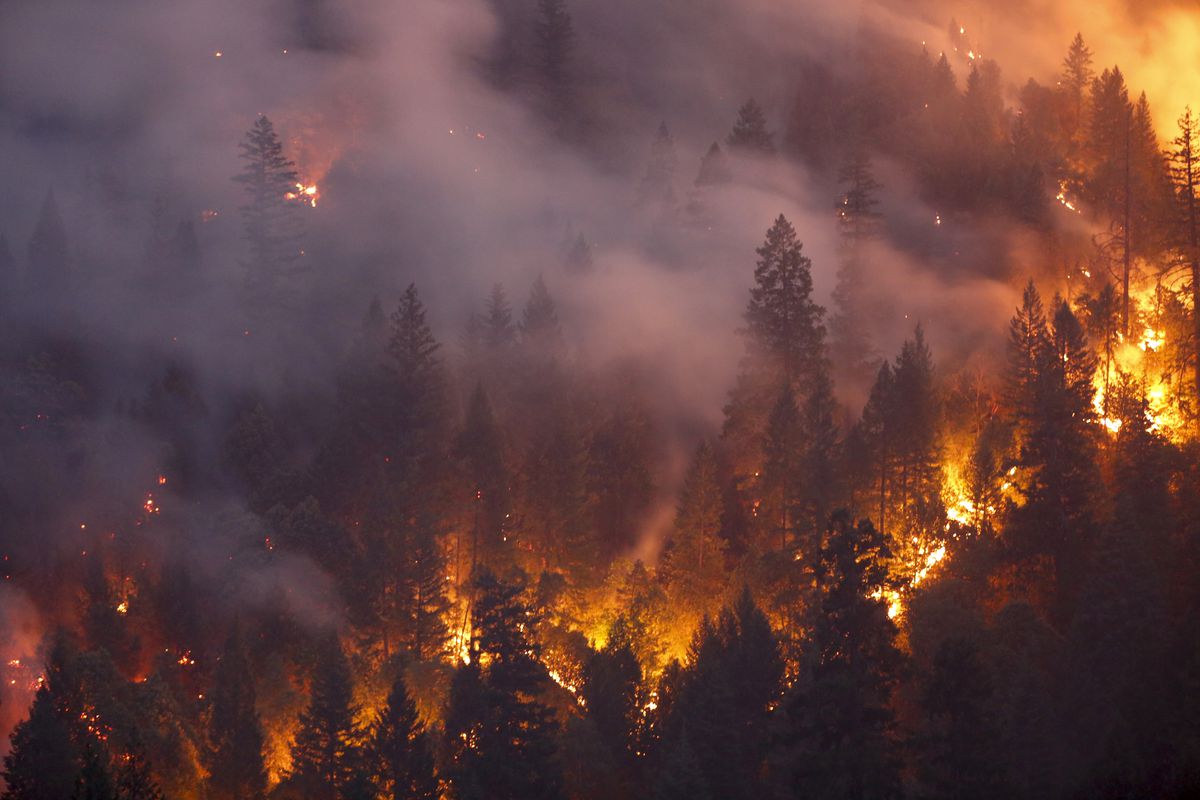
Technological advancements play a critical role in wildfire management, enhancing detection and suppression capabilities.
California’s battling wildfires with new forest management techniques, focusing on controlled burns and thinning dense forests. It’s a huge undertaking, kind of like how Peterborough’s Tyler Young is facing a massive challenge in his FA Cup run – check out his story here: Who is Tyler Young? Peterborough star ready for FA Cup fairytale. These different kinds of battles both require strategic planning and intense effort to achieve success, just on vastly different scales.
- Remote Sensing and Aerial Surveillance: Satellites, drones, and aircraft provide early detection and real-time monitoring of wildfires.
- Improved Fire Retardants and Equipment: Advancements in firefighting technology lead to more effective and efficient suppression efforts.
Modern techniques, like the use of infrared cameras and GPS-guided aerial drops, offer significant advantages over traditional methods. However, traditional ground crews remain essential for containing and extinguishing fires.
Investment in Fire Prevention and Education
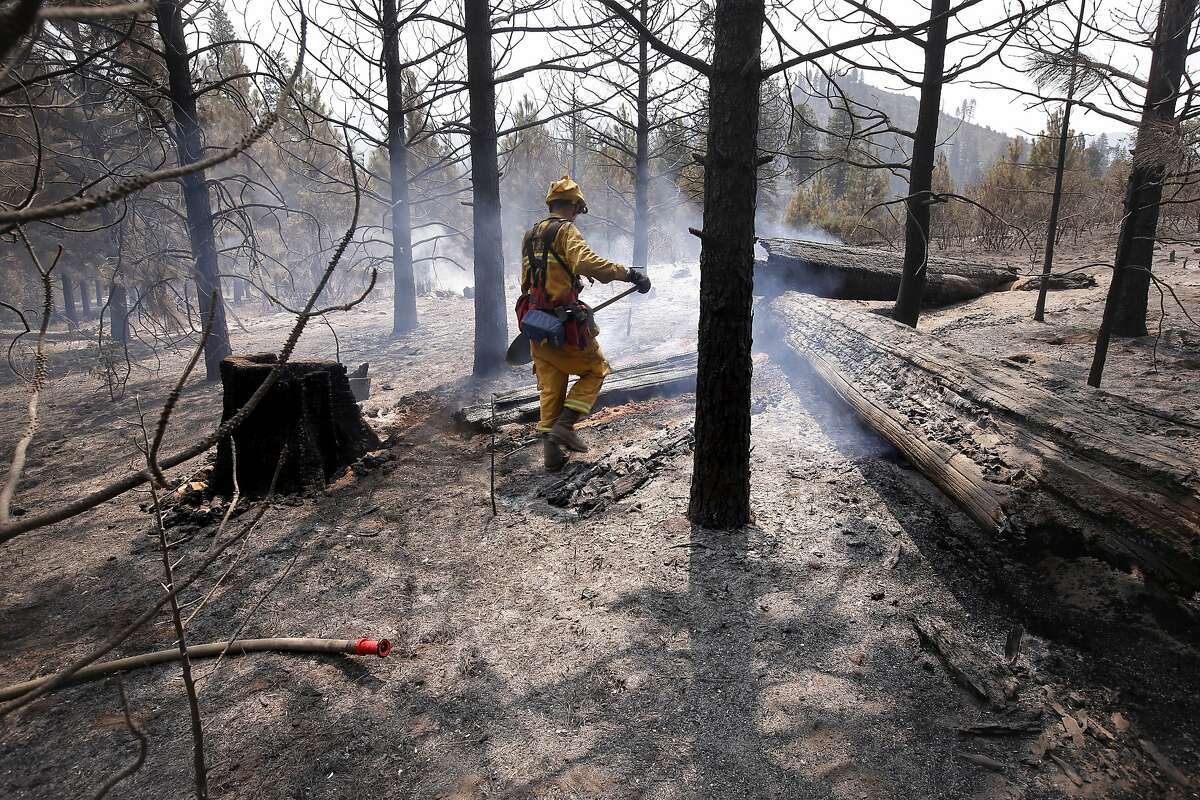
Public awareness and education are critical for preventing wildfires. California invests in various programs to educate the public.
- Public Awareness Campaigns: These campaigns highlight the importance of responsible outdoor recreation and wildfire prevention measures.
- Clear defensible space around your home.
- Maintain properly functioning fire sprinklers and hoses.
- Create a defensible space around your property.
- Develop an evacuation plan and regularly practice it.
- Be aware of fire restrictions and follow them.
Changes in Forest Regulations and Policies
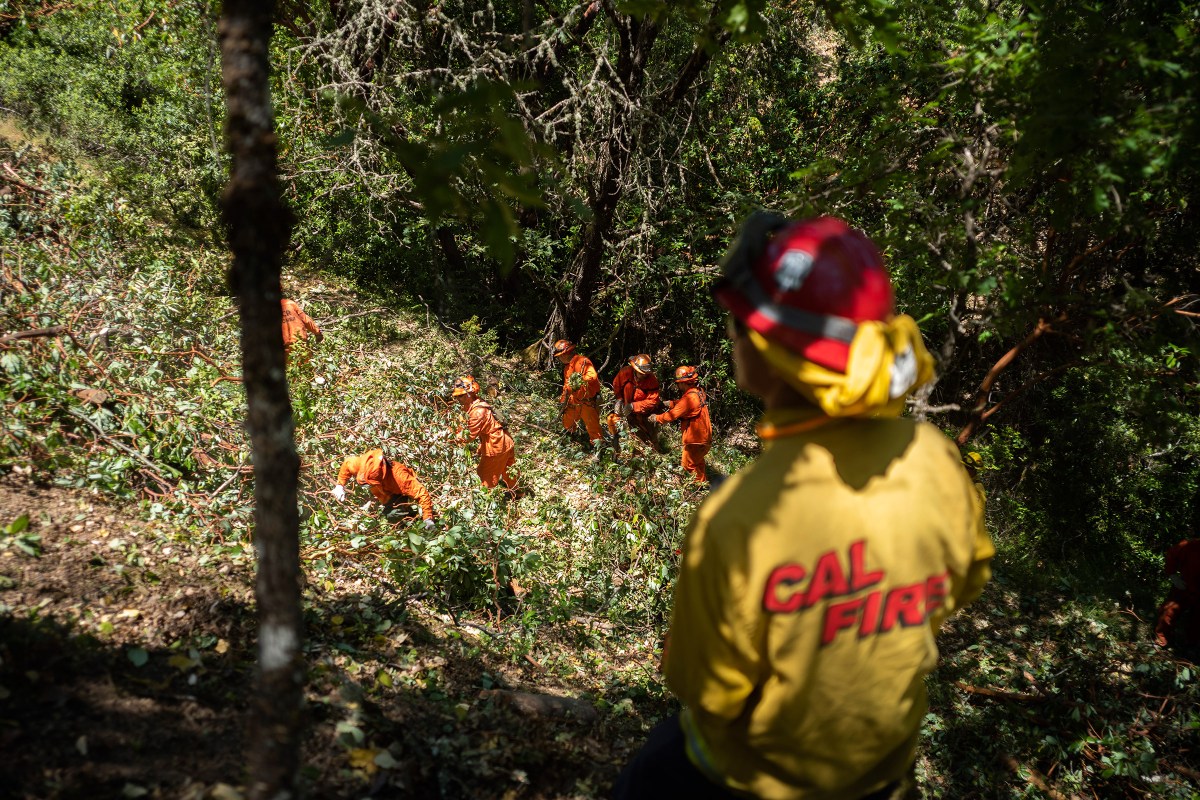
California has implemented significant changes in forest management regulations and policies to address the wildfire crisis. These changes aim to improve forest health and reduce wildfire risk.
- Increased emphasis on active forest management: This includes funding for prescribed burns and forest thinning projects.
- Strengthened building codes in wildfire-prone areas: This includes stricter requirements for building materials and defensible space.
- Improved coordination between state and local agencies: This ensures a more effective response to wildfires.
These policy changes impact private landowners by increasing their responsibilities in managing forest health on their properties. They are encouraged to implement fuel reduction measures and comply with building codes to mitigate wildfire risks.
The Role of Climate Change in Wildfire Management
Climate change significantly exacerbates California’s wildfire problem, increasing the frequency and intensity of wildfires. This necessitates adaptation in forest management strategies.
Climate change leads to longer, hotter, and drier summers, creating ideal conditions for wildfire ignition and spread. This necessitates a shift towards more proactive and resilient forest management practices, including increased fuel reduction, development of more fire-resistant vegetation, and improved early warning systems.
Illustrative Image Description: A graph showing a clear upward trend in wildfire acreage burned in California over the past century, overlaid with a line graph illustrating rising average temperatures and decreasing rainfall. The correlation between these factors visually demonstrates the impact of climate change on wildfire risk.
Ending Remarks
California’s fight against wildfires is an ongoing and evolving process. The state’s commitment to proactive forest management, community engagement, and technological advancements offers a promising path forward. While challenges remain, particularly in the face of climate change, the multi-faceted approach Artikeld above demonstrates a concerted effort to reduce wildfire risk and protect both the environment and communities. The future success depends on continued innovation, collaboration, and a sustained commitment to both prevention and response.
FAQ Corner: Here’s How California Has Increased Forest Management And Wildfire
What are the biggest challenges in implementing prescribed burns?
Public perception, air quality concerns, and logistical complexities like weather conditions and resource availability are major hurdles.
How can homeowners protect their property from wildfires?
Create defensible space around your home by clearing brush, using fire-resistant landscaping, and regularly maintaining your property.
What role do private landowners play in wildfire prevention?
They have a significant role in maintaining the health of their forests through thinning, fuel reduction, and adhering to fire safety regulations.
What are some examples of successful public awareness campaigns?
Many campaigns utilize social media, community events, and educational materials to spread awareness about wildfire prevention and preparedness.
